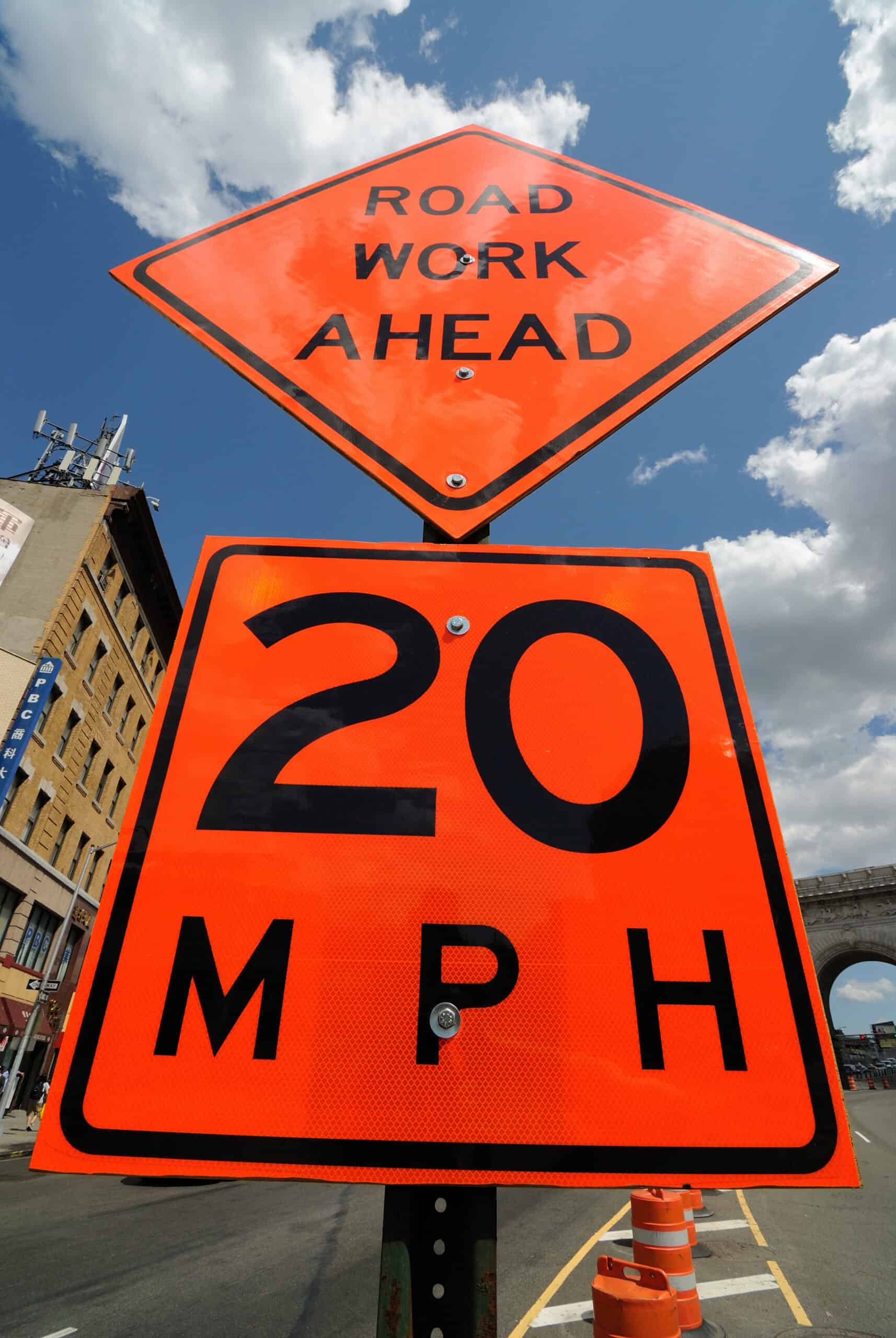If you use social media chatter group posts as a gauge, one of the biggest frustrations of Hendricks County residents involves anything to do with roads. Why doesn’t Avon do something about that horrible traffic on 36? Can’t Plainfield adjust the timing on those stoplights on 40? How come roads always get built or expanded years after they’re needed? Why won’t the town fix those potholes in front of Wal-Mart? And can’t the county figure out how to coordinate construction projects, so multiple roads aren’t being closed at the same time?
As with so many things to do with local government, the answers aren’t simple. Let’s start with frustrations about the main roads through the county: I-70 and 74, U.S. 36, 40, and 136, along with all the other designated routes like 39 and 75. Under state law, responsibility for everything to do with those roads – from design, to speed limits, to repairs, to stoplight timing, to snow removal and more – falls to the Indiana Department of Transportation. While those routes pass through local communities like Avon, Danville, and Plainfield, those towns have zero control over decisions about design, speed limits, maintenance, stoplights, turn lanes, and the like. That’s all up to INDOT.
Nearly all of the other roads within the boundaries of towns are built and maintained by those towns. One exception is streets within new subdivisions that haven’t officially been turned over to the town. Those roads usually remain under control of the homeowners’ association (HOA) board, which is in charge of arranging snow removal and pothole repair. Privately owned pavement like the access roads and parking lots in front of shopping plazas is the responsibility of the landowner, not the town or county. People complain to local officials about potholes and other problems with the entrances to those big-box stores, but the towns lack the legal authority to fix them.
The remaining public roads are county government’s responsibility. Not only does the Hendricks County Highway Department maintain a whopping 752 miles of roadways, but they’re also accountable for the 259 bridges and 900+ culverts (drainage pipes) that aren’t located on state or U.S. highways. When Plainfield expanded Hadley Road west of Center Street a few years back, many residents wondered why the two-lane bridge over White Lick Creek wasn’t also expanded. In simple terms, Plainfield controlled the road, but county government controlled the bridge, and the county didn’t share Plainfield’s desire for additional lanes.
As for how projects are scheduled, that depends on who’s doing them. Because multiple governments oversee roads and a long list of factors affects timing, even carefully coordinated plans often become traffic nightmares. Given that road construction is largely a summertime activity, communities are trying to accomplish as much as possible during that short window.
In recent years, the biggest cause of delays on road projects involves waiting for utility companies to relocate their infrastructure. Companies like AT&T need to move underground cables before construction can begin, and meeting community timelines rarely seems to be a priority for some utility owners. Your town may have scheduled that intersection project to start in April so it would be finished before school starts, but if a utility chooses not to relocate its lines until August, work can’t proceed until then.
Finally, if you wonder why roads seem to be built or expanded long after they’re desperately needed, there are two reasons. First, the process of planning and then constructing a road is unusually long, especially when the federal government is expected to pick up part of the tab. For example, there’s a long-term plan to build a new I-70 interchange on Plainfield’s west side, roughly midway between the Quaker Boulevard and State Route 39 exits. It’s still in the early planning stages. Construction can’t begin until a final route is chosen and federal funding is approved, and that will likely take a few more years – maybe even a decade.
The other reason is about money. That shiny new road will benefit the people who move into the county or your town in the coming years, but it’s usually the current residents who have to pay for the improvements through their property taxes. Taxpayers are rarely enthusiastic about seeing their hard-earned money go to help future residents add to their area’s traffic congestion.
